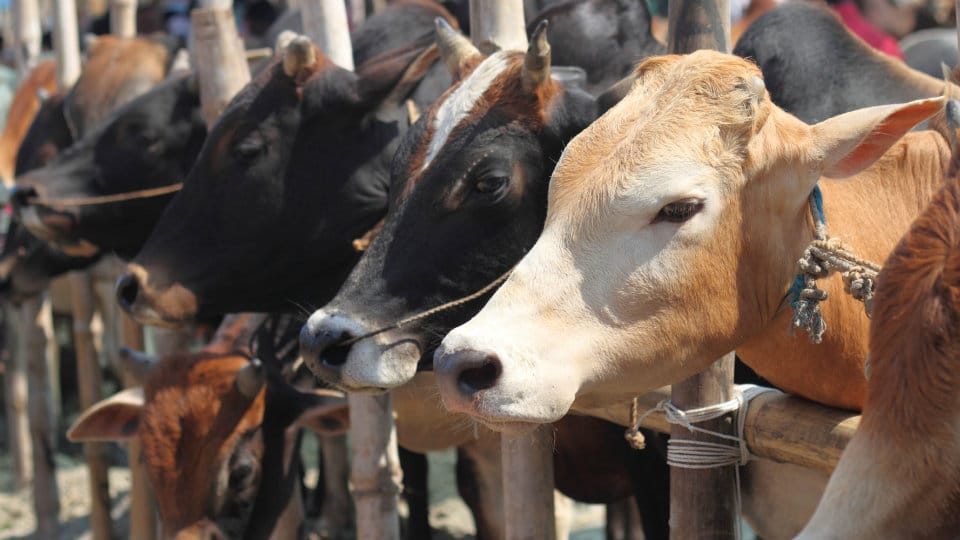Even the humble cow got entangled for sometime recently in the web of inter-political-party wrangling with a not-entirely-hidden agenda of mutually belittling themselves before the land’s masses. The main issue that got clouded in the process, namely the two clearly contrasting practices of one section in the population worshipping the domesticated species and the other section including the same as a component of the regular diet generated more heat than light during debates both in the country’s Legislative bodies, including the Parliament and Legislative Assemblies of some States, notably Uttar Pradesh. The centuries-old outlook towards the cow as the giver of gifts as desired (Kamadhenu) on the part of the masses who worship the animal in reverence has its origins in the land’s epics, also of several centuries vintage. For the section that consider the meat of the species as their staple, drumming about the spiritual outlook has only drawn flak, given the unabated incidents of violating the law banning cow slaughter, except under some conditions.
While cow is perceived as only a source of milk by most people, some spiritually oriented establishments (ashrams) are rearing cows of indigenous breeds as part of their mission to arrest the attrition in their count across the country by producing many products other than milk, highlighting their health benefits, though on a limited scale. Given the current scenario of exotic breeds of cow being favoured, the effort of sustaining indigenous breeds seems like a lost cause.
The question of choosing between indigenous breeds and exotic breeds of cow boils down to the issue of cost of rearing cows and the return that accrues from the enterprise as it were. The rising number of rustic families as well as members of the land’s milk-producing unions acquiring cows of exotic breed is testimony to the high cost-benefit ratio prompted by low returns from rearing indigenous breeds. Also, the now-low-key practice of worshipping cows has been hit hard in urban spaces, thanks to prohibiting cattle rearing in residential areas, as in Mysuru. Whether the few cows to be still found in small cities belong to indigenous breed or exotic, the feature of allowing them to stray on the roads and rummage the garbage bins for assuaging hunger mocks at the Kamadhenu status accorded to the species.
Animal husbandry, a time-honoured part of India’s cultural tradition, zealously guarded by the people of lakhs of villages in the country has got morphed into anything but cultural. The portfolio of people at large has got overwhelmed by commercial outlook. But, cow and its other cohorts (sheep, goat, pig, rabbit…) don’t seem to figure prominently in the realm of administration. In this context, the demand by a Cabinet Minister of Uttar Pradesh government for a separate Ministry for the care of cows rekindles hope for prolonging the species and its image of Kamadhenu.








Recent Comments